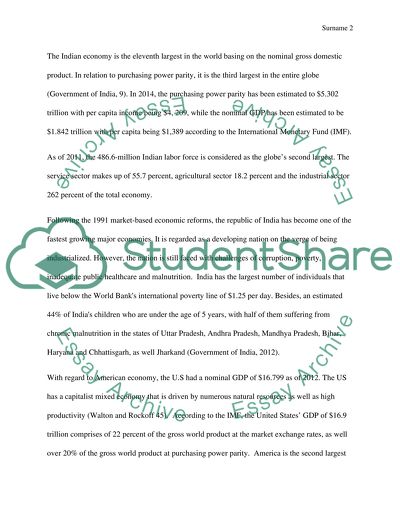Cite this document
(“Liquid Gold Research Paper Example | Topics and Well Written Essays - 2750 words”, n.d.)
Retrieved from https://studentshare.org/geography/1643843-liquid-gold
Retrieved from https://studentshare.org/geography/1643843-liquid-gold
(Liquid Gold Research Paper Example | Topics and Well Written Essays - 2750 Words)
https://studentshare.org/geography/1643843-liquid-gold.
https://studentshare.org/geography/1643843-liquid-gold.
“Liquid Gold Research Paper Example | Topics and Well Written Essays - 2750 Words”, n.d. https://studentshare.org/geography/1643843-liquid-gold.


